We recently interviewed Dan Mossor on how he uses Fedora. This is part of a series on the Fedora Magazine where we profile Fedora users and how they use Fedora to get things done. If you are interested in being interviewed for a further installment of this series, you can contact us on the feedback form.
Who is Dan Mossor?
Dan is from San Antonio, Texas in the United States, who comes from a long line of mechanics. He believes that his early exposure to mechanical systems taught him him that the true beauty of a system is how it can be modified to take different input and produce different output.
He first started using Linux in 1996 when he installed Slackware on an 80386-based computer. That attempt was not successful, so he tried Red Hat Linux, which worked. At the time, he was a data systems technician for the United States Navy and was responsible for a wide array of systems running everything from HPUX, SunOS, Solaris, and Windows NT. While the Navy was not running Linux at the time, Dan saw its potential and has been running at least one Linux system at home since that first install. It has been an integral part of his job for nearly fifteen years.
The Fedora Community
His first involvement with the Fedora Project started in late 2013 on fedoraforums.org. A deeper involvement was encouraged by Adam Williamson, who convinced him to fire up IRC for the first time in nearly twenty years. Once he connected to IRC, he was welcomed by people who genuinely wanted to help him and others that appreciated his attempts to help them. “Adam Williamson was my primary motivator to connect with the Project,” said Mossor. “After I did that, he, along with Mike Ruckman, Kevin Fenzi, Kevin Koffler and Rex Dieter, all made me a member of their communities, and I stayed because I felt I could add something to the Project.”
Dan is quick to point out that you do not have to be a developer to contribute to the Fedora Project. He is an architect who builds networks and systems, and tests them to make sure they work together. Mossor also contributes by testing software and finding bugs.
It is important to Dan that, despite being supported by Red Hat, Fedora is a community product. He emphasizes the four F’s: Freedom, Friends, Features, First. It is this focus that Mossor feels separates Fedora from Ubuntu and OpenSUSE.
What hardware?
Dan currently uses a 2013-era Republic of Gamers laptop. It is equipped with a quad-core Intel i7-3610 and 24GB of DDR3 RAM. The boot drive is an Intel 128GB mSATA SSD and has a Seagate 1TB magnetic drive for storage and virtual machines. It also features a discreet NVIDIA 660M GPU that drives a 15″ 1920×1080 display. While the beast is a powerhouse, it has the disadvantage of weighing nearly 12 pounds when packed in a bag with its 180 watt power brick.
Mossor also has a 2007-era Dell workstation, equipped with an Intel Core 2 Duo and 8GB of DDR2. Unlike his laptop, this computer uses a built-in Intel GPU that drives a Dell 20″ flat panel display with a resolution of 1600×1200. He uses it to provide Fedora torrents to the world.
What software?
The beastly 12 pound laptop runs Fedora 23 while the desktop is still on Fedora 22. Both run the Fedora KDE Spin. The main applications he uses are Konversation, Konsole, Firefox, Google Chrome, Thunderbird, and virt-manager.
Dan uses virt-manager in his primary role as a Quality Assurance (QA) volunteer. This role includes spinning up various Fedora virtual machines based on the release schedule, as well as providing research and training for Red Hat and Linux Foundation certifications. His classes at the university require him to run various software and applications including Android 4.4 and 5.1 for x86, the SIFT workstation from the SANS Institute, Kali Linux, pfSense, and FreeBSD.









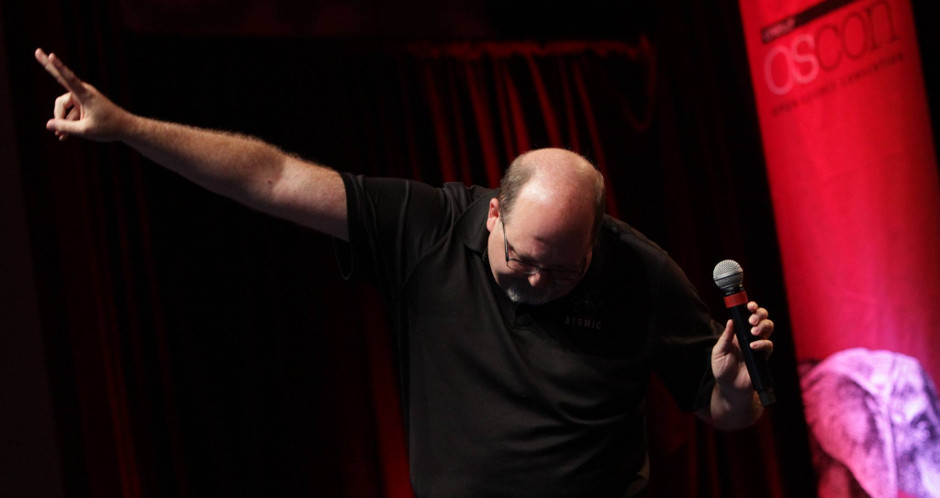










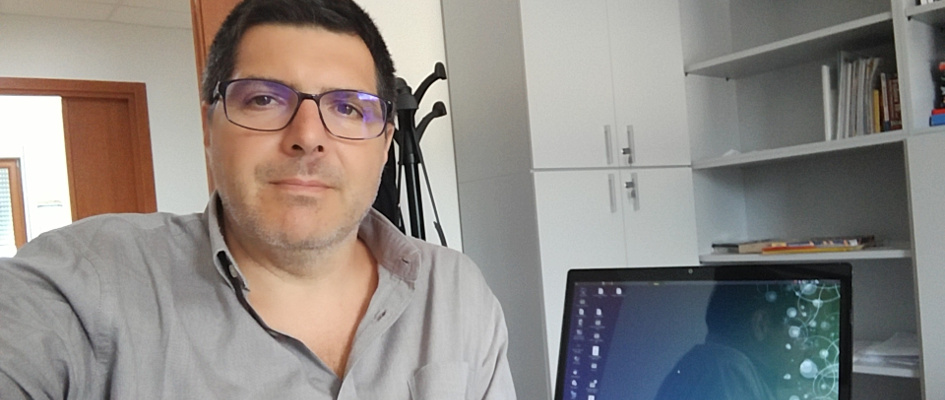




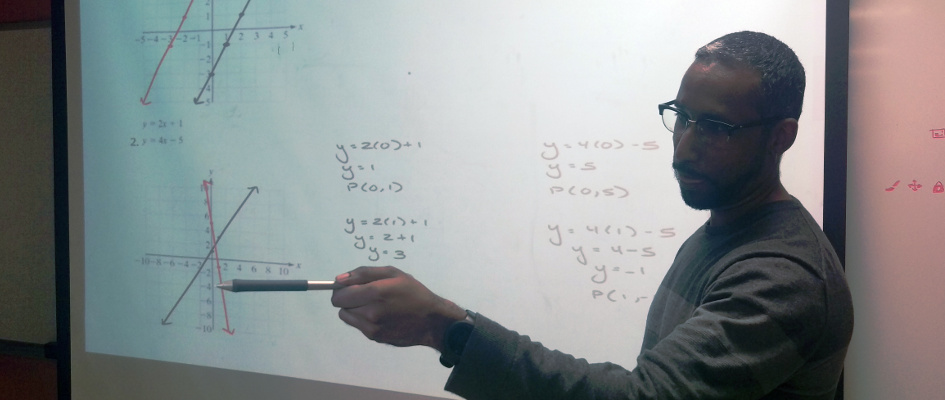





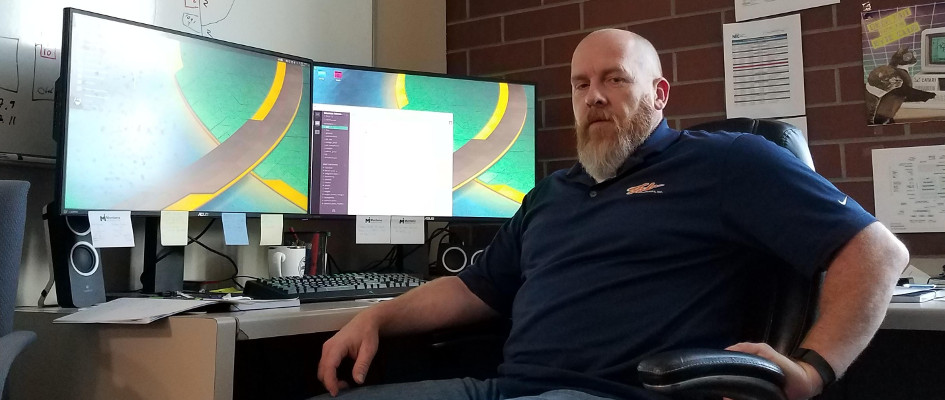





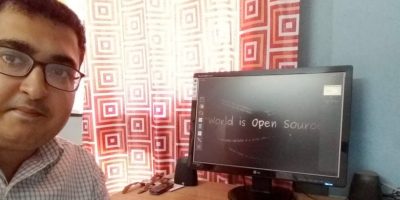





Sudhir Khanger
Keep up the good work Dan.
What’s that M system tray icon?
Dan Mossor
Thanks, Sudhir!
That systray icon is actually !M – the icon for the No Machine remote access tool. There are times I simply leave the laptop at home and remote into it from my Chromebook or Nexus 6 if I need the power or resources it provides.
Dave Melia
Excellent read. Just when I started getting into the story, the article ends!
Going forward, make these articles longer! 🙂
Charles Profitt
Dave:
I will work on making the articles a bit longer; is there any specific part that you would like more information on?
Eddie G. O'Connor Jr.
It’s awesome to see people using Fedora in their everyday lives, and not just as a weekend project. I’ve been on Fedora since version 13 / 14 and I’ve loved every minute of it. I also joined the mailing list to not only find answers but to help those who might have an issue that I’ve already come across. I think its wonderful that people from all around the world are part of a “family” based on the OS and other tools that they use. As for you Mr. Mossor? Thank you for doing what you do to improve this most awesome OS. Although I don’t use KDE, (I prefer the “plain vanilla” version!) I still love all the variations that are available to the masses….Cinnamon, XFCE, GNome, and others!
Cheers!
EGO II